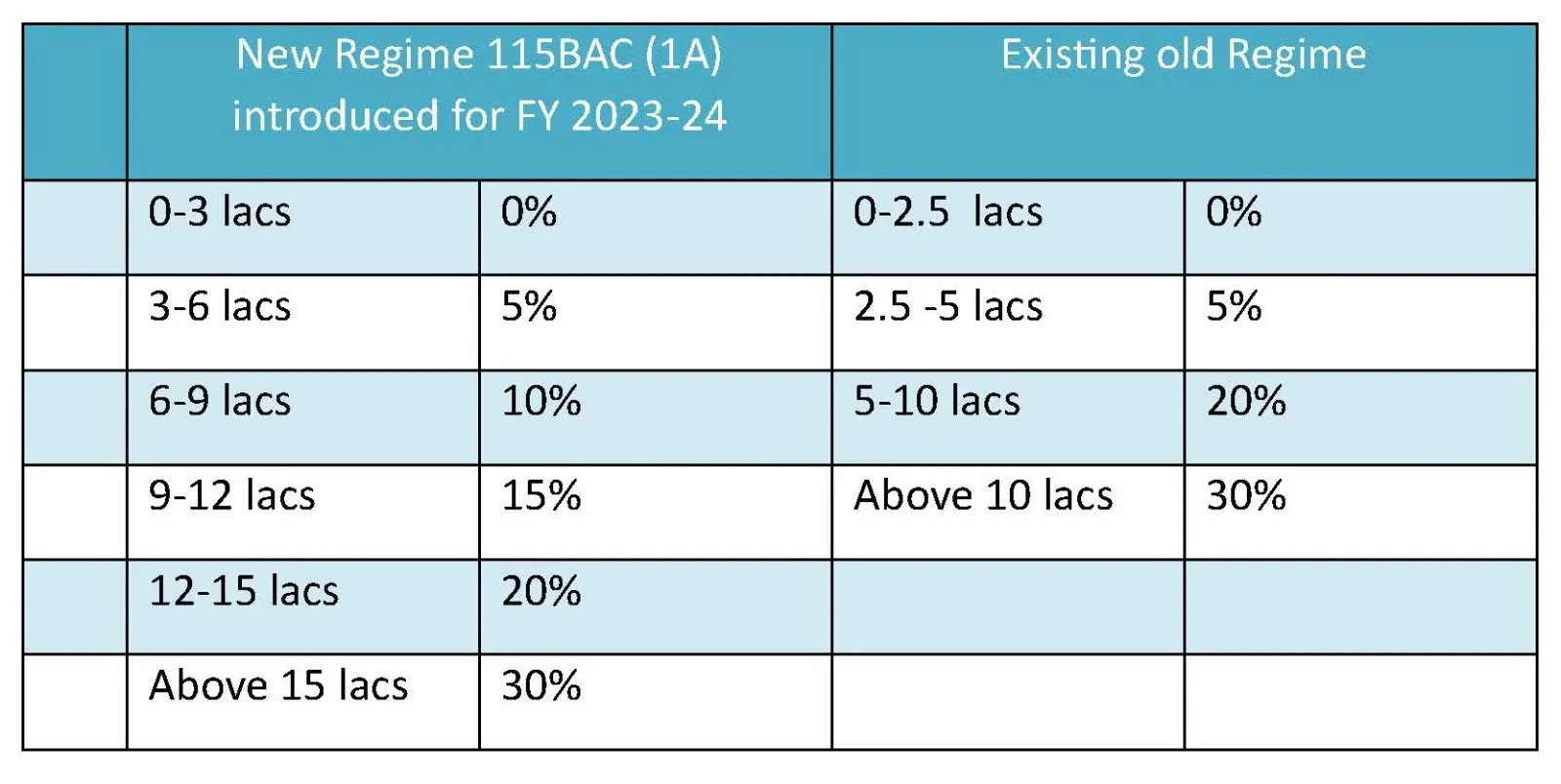New tax vs old tax regime: Which one is default? What changes from April 1? Finance Ministry clarifies
Upstox
2 min read • Updated: April 1, 2024, 3:03 PM
Summary
New tax vs old tax regime: The Finance Ministry said that “no new change” in the income tax policy is coming into effect from the start of this financial year. The clarification assumes significance amid rumours related to the changes in I-T policy floating on social media.

The new tax regime, under which the taxation rates are lower but there are fewer options of claiming deductions, will be the default tax regime, as announced earlier, the Finance Ministry said in a six-point clarification issued on April 1.
What Finance ministry said on new tax regime?
In a statement issued on social media, the Finance Ministry also clarified that “no new change” in the income tax policy is coming into effect from the start of this financial year. The clarification assumes significance amid rumours related to the changes in I-T policy floating on social media.
“There is no new change which is coming in from 01.04.2024,” the Finance Ministry said in the first point of its clarification note.
In the second point, the Finance Ministry shared a table that compared the rate of taxation under the new and old tax regimes. For those earning between ₹6 and ₹9 lakh, the rate of taxation under the new regime would be lower at 10%, as compared to 20% under the existing regime. Those earning above ₹10 lakh would be charged a tax of 30% under the old regime, whereas the new regime taxes individuals earning from ₹9-12 lakh at 15%, those earning from ₹12-15 lakh at 20%, and those above ₹15 lakh at 30%.

Here are other pointers from the Finance Ministry’s clarification note:
-
New tax regime is applicable for persons other than companies and firms, is applicable as a default regime from the Financial Year 2023-24 and the Assessment Year corresponding to this is AY 2024-25.
-
Under the new tax regime, the tax rates are significantly lower, though the benefit of various exemptions and deductions (other than standard deduction of ₹50,000 from salary and ₹15,000 from family pension) is not available, as in the old regime.
-
New tax regime is the default tax regime, however, taxpayers can choose the tax regime (old or new) that they think is beneficial to them.
-
Option for opting out from the new tax regime is available till filing of return for the AY 2024-25. Eligible persons without any business income will have the option to choose the regime for each financial year. So, they can choose the new tax regime in one financial year and the old tax regime in another year and vice versa.